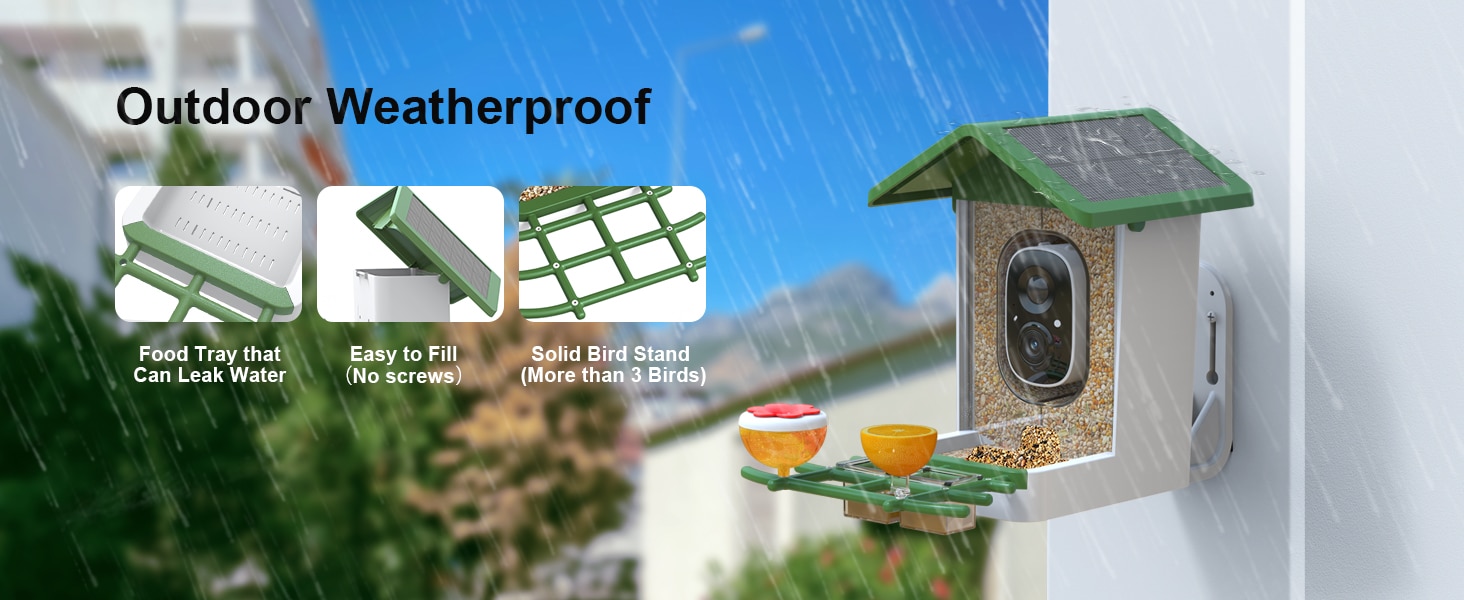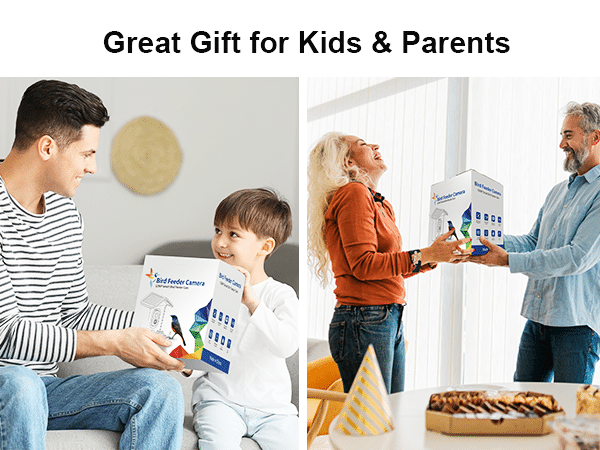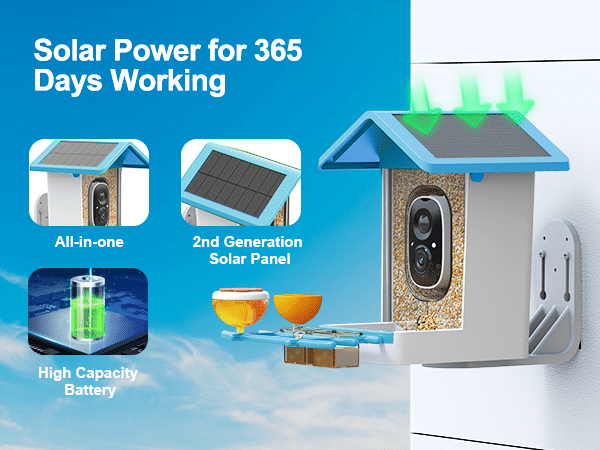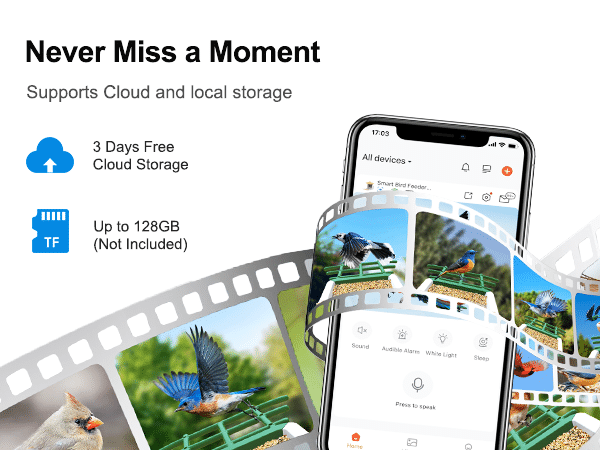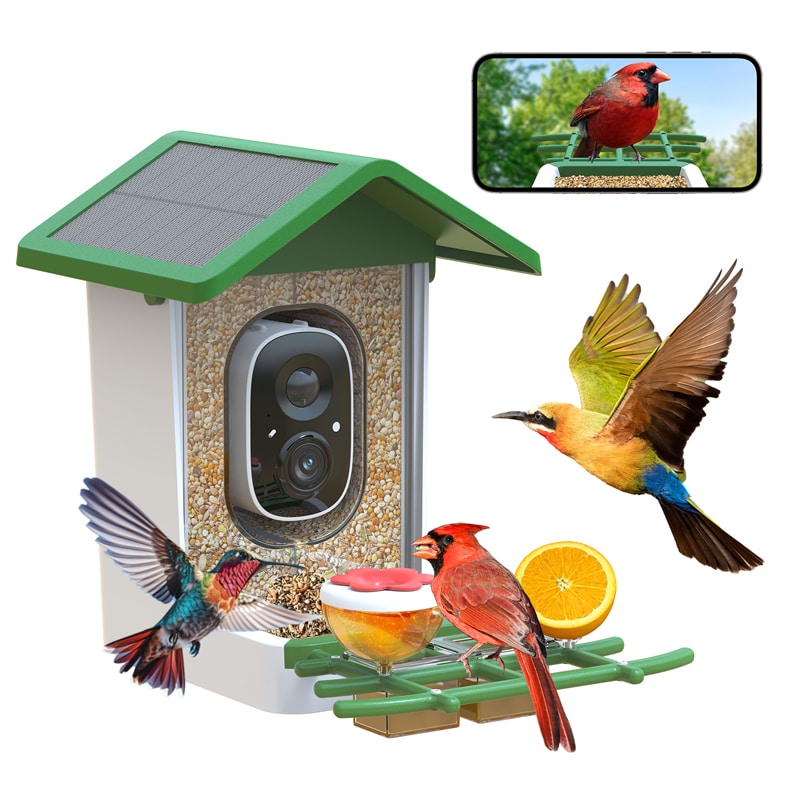Finding the right place to install your bird feeder might seem simple, but it plays a critical role in attracting more birds and keeping them safe. If you’ve been wondering whether bird feeders should sit in full sun or stay in the shade, this guide will help you make the right decision based on bird comfort, food safety, and visibility.
Understanding Bird Preferences
Most birds prefer a feeder that feels safe and calm. Bright, hot sunlight may look beautiful in your garden, but for birds, excessive exposure can make the feeder too warm, especially in summer. If you’re using plastic bird feeders, they can heat up quickly, making seeds spoil faster and reducing the chances of repeat bird visits.
That said, total shade may also not be ideal. Birds like to see their surroundings and potential threats clearly. The best practice is to find a semi-shaded area—a spot that gets morning sun but is shaded during the hottest part of the day.
How Sunlight Affects Feeders and Seeds
Sunlight affects not just the comfort of birds but also the condition of bird food. When exposed to constant sun, nectar in hummingbird feeders for outdoors can ferment quickly, and seeds in small bird feeders can develop mold, especially in humid areas. A partially shaded area can extend food freshness and reduce waste.
If you use plastic bird feeders, placing them in direct sunlight for too long may cause material fatigue or discoloration over time. To preserve the look and function of your feeder, choose a space with dappled light or afternoon shade.
Consider Bird Visibility and Safety
Shade offers more than temperature control—it provides a sense of security. Birds feel less exposed when feeding under tree branches or next to shrubs. Choose a spot that balances visibility and cover. Avoid placing feeders too close to walls or windows where predators (like cats) can hide.
Also, birds appreciate a nearby perch or branch where they can rest and check for safety before flying to the feeder. If you’re aiming for bird feeders best placement, give them a clear flight path but some natural surroundings to ease their nerves.
What About Rain?
If you live in a region with unpredictable weather, placing your feeder under light cover can protect it from heavy rain. A roof overhang, tree canopy, or pergola corner works well. Just ensure it still gets enough open sky to allow easy bird spotting. Proper airflow also prevents moisture buildup, especially important for hummingbird feeders for outdoors.
Why It Matters for Smart Feeders
If you’re using a Firstrend smart bird feeder, proper placement is even more important. To get the best performance from the feeder’s 2K camera and AI bird recognition, you’ll want good natural light, but not glare. Semi-shade provides enough brightness for the camera without causing harsh shadows or lens flare, and it helps the solar panel function efficiently without overheating.
Final Thoughts
To attract the widest variety of birds, keep them comfortable, and maintain your equipment, aim for a location with filtered sunlight and nearby natural shelter. That’s the sweet spot between safety and visibility. Whether you use plastic bird feeders, small bird feeders, or the latest smart models, the right placement can dramatically improve your birdwatching experience.
For those using hummingbird feeders for outdoors, especially smart models like Firstrend’s solar-powered feeder, this careful placement ensures better bird visits and better performance from your device. It’s not just about where the feeder looks nice—it’s about where birds feel welcome.

